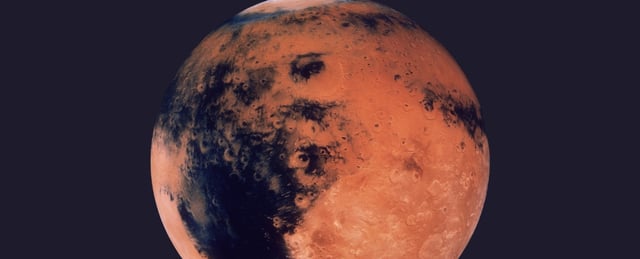Overview
- Martian dust contains toxic substances, including silica and perchlorates, which can penetrate lungs, enter the bloodstream, and cause severe health conditions like pulmonary fibrosis and thyroid dysfunction.
- The sharp, abrasive particles in Martian dust increase the risk of lung damage and irritation to soft tissues, similar to the effects of asbestos exposure.
- Dust accumulation on equipment, vehicles, and habitats, exacerbated by periodic planet-wide storms, poses significant operational challenges requiring constant maintenance.
- Experts emphasize the importance of advanced protective measures, such as air filtration systems, self-cleaning spacesuits, and electrostatic repulsion devices, to limit astronaut exposure to dust.
- The inability to rapidly return to Earth underscores the need for local medical capabilities on Mars to address health risks and ensure astronaut safety during missions.


